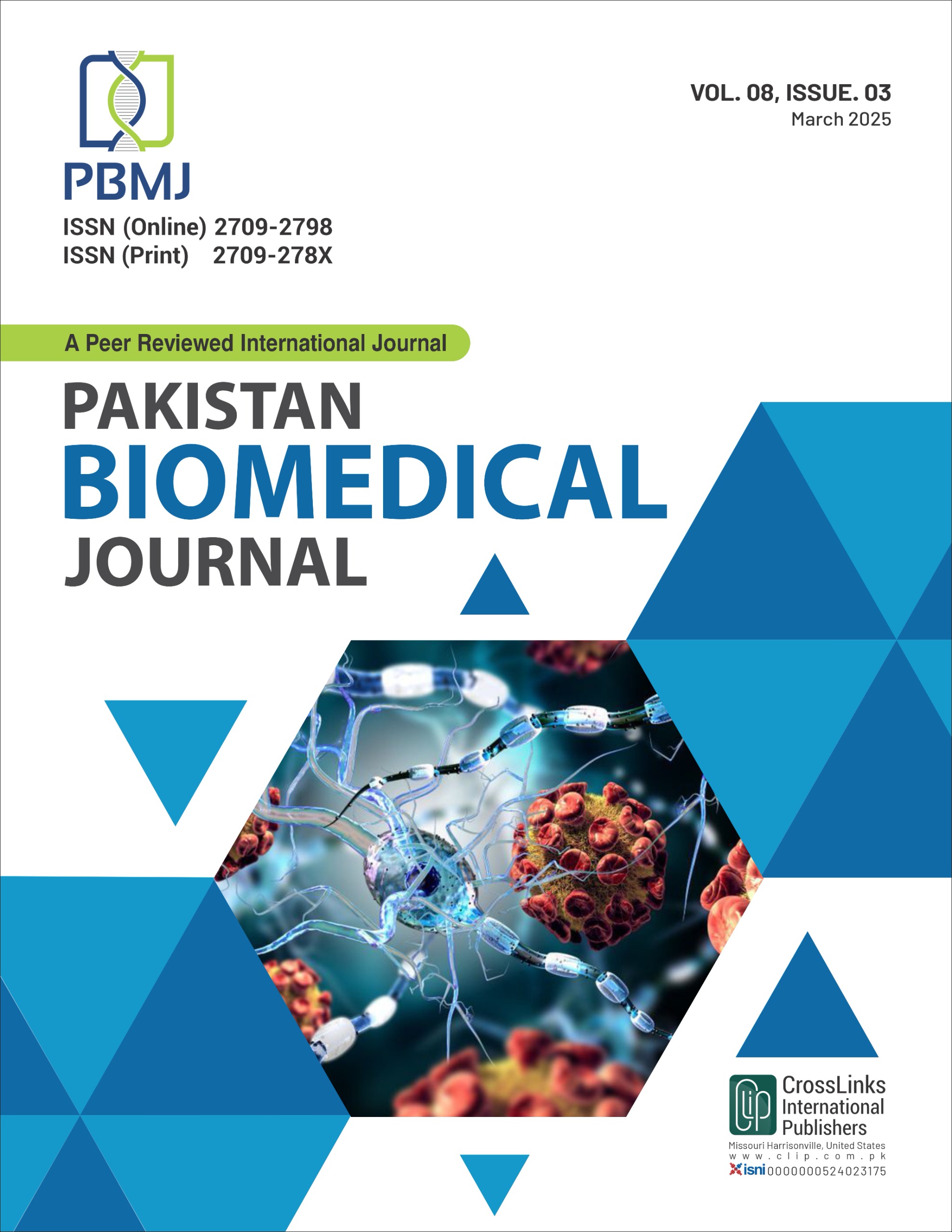The Use of Organoids to Decode the Molecular Association with the Behavioral Traits in Schizophrenic Person
DOI:
https://doi.org/10.54393/pbmj.v8i3.1225Abstract
Most essential but complex organ of a human body is brain. Several attempts have been made to understand the chemistry behind its functioning. So, that intricate cell signaling behind numerous neurodevelopmental disorders can be decoded. Moreover, determining the molecular basis behind neuro-disorders has been of great interest in the past years. Traditional methods of using animal models for disease modelling and drug designing have played a great role in generating the knowledge for our understanding. But despite the contribution, due to their unsatisfactory translatability of human brain make them less demanding for drug development.
Brain disorders, particularly Schizophrenia, in which brain functioning is immensely compromised. This complex disease comes with disorganized speech, impaired cognitive ability, weird behavior, and hallucination. Regardless, the scientific efforts that has been made to understand the pathophysiology of this disease, the knowledge is still fragmented as genetic make up behind Schizophrenia is still a mystery. The animal models used to explore its genetic, cellular basis and behavioral complexity have not provided enough theoretical information. In addition to this, human brain is quite distinct from animal brain in its development, structural and functional basis behind the psychiatric disorders. As the result of the limitation of animal models, researches are indulged in the development of better models to identify the mutations in the genes and how these are associated with behavioral traits and phenotype of Schizophrenic person. hiPSC-derived organoids have been developed that mimic the cerebral brain.
Organoids are actually a 3D cellular mass capable of artificially showing the function of an organ. These are usually produced by the differentiation of stem cells. For brain or cerebral organoids exhibiting regional identities, self-organizing embryonic stem cells are used. In case of Schizophrenia, cerebral Organoids have shown that mature neurons are extinct in the cortex but present more in subcortical areas. This happens due to nFGFR1 is more expressed in the subcortical cells but less expressed in cortical region which indicates that nFGFR1 may be involved in developmental abnormalities in cortical neurons in schizophrenia. So, getting this information regarding this disease has make it easy to develop drugs or offer preventive medicine for the people whose are at great risk of getting schizophrenia later in life.
Organoids more closely resemble the actual diseased condition than animal models, they have catalyzed the biological research and have shown potential to advance both translational and basic neuroscience studies. Additionally, organoids have been useful in drug discovery, drug toxicity assessments, development of personalized medicine, and therapeutic testing. The development of gene and cell-based therapeutics, more accurate disease modeling, high-throughput drug screening, and regenerative medicine are all anticipated to be aided by organoid technology in the future.
References
.
Downloads
Published
How to Cite
Issue
Section
License
Copyright (c) 2025 Pakistan BioMedical Journal

This work is licensed under a Creative Commons Attribution 4.0 International License.
This is an open-access journal and all the published articles / items are distributed under the terms of the Creative Commons Attribution License, which permits unrestricted use, distribution, and reproduction in any medium, provided the original author and source are credited. For comments editor@pakistanbmj.com











